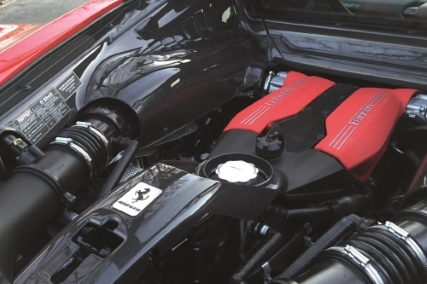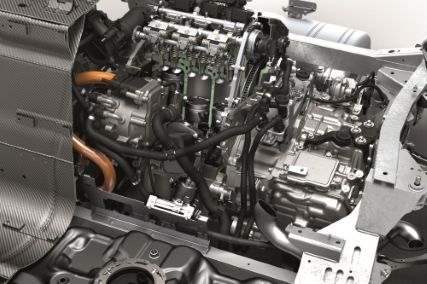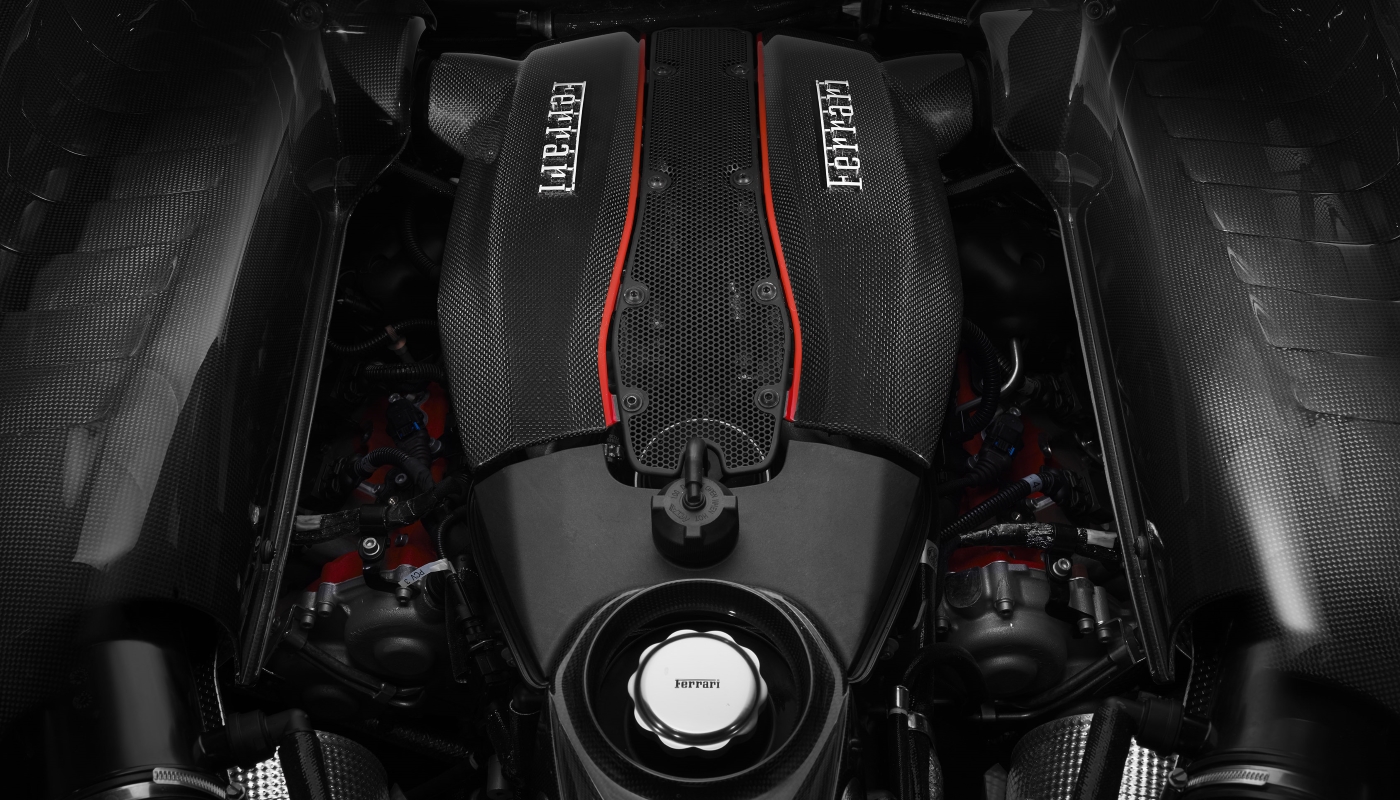
Covid-19 impact
Due to the Covid-19 virus, we are reviewing when we hold the Awards next year.
Check this website for updates.
About the Awards
Welcome to the 21st Anniversary International Engine + Powertrain of the Year Awards
An occasion which we are celebrating with a very special ‘Best of the Best’ Award – a prize for what our jury of 70 of some of the most respected motoring journalists around the world believes is the most significant, most entertaining and most relevant engine of the last 20 years.
To decide who made the best engine of the last two decades, we asked our jurors to vote for a shortlist of powertrains that have won the overall International Engine of the Year title since the Awards began in 1999. It’s a shortlist comprising some of the best power units ever made, from the inaugural International Engine of the Year – Toyota’s 1-litre, four-cylinder – to Ford’s 1-litre that won the overall title three years in a row from 2013. Also in the mix for the Best of the Best honours was the 2003 winner, Mazda’s rotary RENESIS, along with Fiat’s 875cc two-cylinder, plus Volkswagen’s 1.4-litre Twincharger that won in both 2009 and 2010. Toyota’s 1.5-litre hybrid won in 2004, meaning it went head-to-head for the Best of the Best prize with numerous contenders from BMW, the most successful brand in the Awards’ history. The Munich-HQed company has won the overall Award title a record seven times with its 5-litre V10, its 3.2-litre straight-six, its 3-litre twin-turbo and its 1.5-litre hybrid, which won in 2015. What we witnessed was a true David and Goliath battle: 875cc Fiat takes on BMW’s 5-litre. But the outcome of the Best of the Best competition may come as a surprise to some. Honda’s pioneering 1-litre IMA from 2000 didn’t really feature in the results, while the aforementioned BMW i8 1.5-litre that brought plug-in hybrid-power to the supercar was actually beaten by its near-legendary 3.2-litre straight-six sibling. No, the jury voted the Ferrari 3.9-litre V8 the Best of the Best engine of the last 20 years!
The Italian biturbo, which also won a further three Awards this year by topping the Performance Engine category, the 3-litre to 4-litre category, and taking the overall International Engine of the Year title for a third consecutive year, has been named the greatest engine of the International Engine of the Year Awards era. Why? At first you could be forgiven for thinking its triumph is because it emits enough power to put a smile on anyone’s face. Its success could also be down to the fact that the V8 emits an incredible sound, and is far more efficient than its 4.5-litre-propelled 458 predecessor. However, the main reason why this 3.9 engine has been so successful is that Ferrari took a risk when it downsized its engine and decided to add a pair of turbos.
It is a fact that a Ferrari with anything other than a spectacular engine is set to become commercially unloved. Beautiful styling? Check. Involving handling? Check. Dull-sounding engine, that doesn’t have much performance, and isn’t fun to rev? Oh dear! Indeed, dare I suggest that there have been less-than-beautiful Ferraris over the years, but because the engines in such cars were masterpieces, the vehicles still proved popular. There have also been Ferraris produced that – whisper it – could have handled better, but thanks to award-winning engines, these cars still have legendary status.
When Ford decided to put a 1-litre, three-cylinder unit under the hood of its Focus, it wagered the equivalent of a US$100 bet. Had its gamble not worked, the US giant had several other engines to call on and indeed already available in that very model. But when Ferrari downsized and added turbochargers to the engine of its biggest seller, it arguably bet the success of the entire company! That the gamble worked signalled to the entire car industry that downsizing and turbocharging – and no doubt plug-ins, et al – are acceptable to even the most discerning of car buyers. And for that, Ferrari deserves the Best of the Best Award.
The next 20 years...
When we launched the International Engine of the Year Awards in 1999, Tony Robinson, CEO and founder of the Awards’ organising company, UKi Media & Events; the late Michael Scarlett, renowned motoring journalist and engineer; and myself, then editor of Engine Technology International magazine, sat down to discuss how to create the Awards. When we met, we had just six weeks before the first-ever Engine Expo – where we would host the Awards Presentation – but we had no jury and no contenders!
Interestingly, we never even considered how we should categorise engines because back then it was obvious to divide the contenders into their respective cubic capacities (the same capacity classes you see in the Awards today). In 1999 all engines of a similar size shared a similar power output and propelled similarly sized vehicles. Indeed, it’s reasonable to state that all hot hatches of 1999 were powered by a 2-litre gasoline, four-cylinder engine, for example.
The success of the Awards, which are now largely recognised as the most significant automotive engineering accolade in the world, with a global marketing presence on manufacturers’ websites and in their promotional literature, demonstrates that we got the recipe right first time. However, 20 years on it’s clear that we’ll need to make changes for the future. The ever-growing popularity of plug-in hybrids is seeing electrically boosted 2-litre engines competing with 3-litre powertrains in car showrooms. In the case of the BMW i8’s 1.5-litre powerplant, Munich battles Stuttgart’s Porsche 3-litre 911. Throw in the fact that pure-electric propulsion alternatives are finally starting to win significant numbers of buyers, and it’s time to tweak the formula. Here’s to the next 20 years of the International Engine + Powertrain of the Year Awards!
Graham Johnson
Awards co-chairman and managing director of UKi Media & Events
The International Engine + Powertrain of the Year Awards are presented by Engine Technology International magazine, published by UKi Media & Events. The Awards involve the voluntary participation of 68 motoring journalists from 31 countries. UKi Media & Events receives no advertising or financial support from any car manufacturer or distributor.



